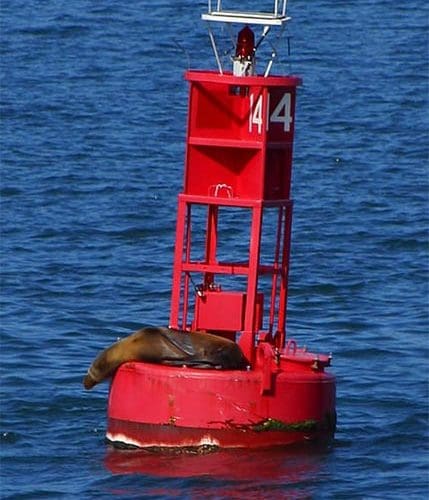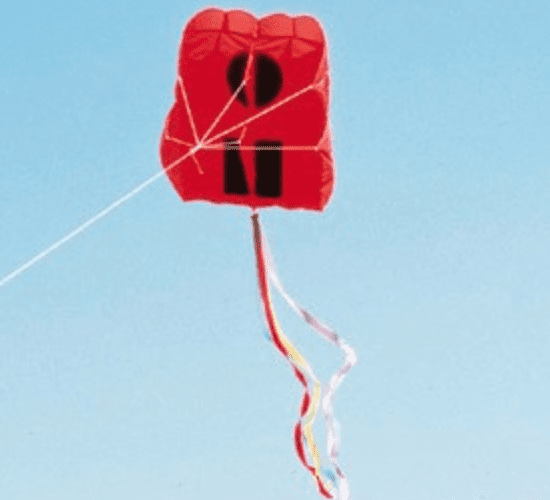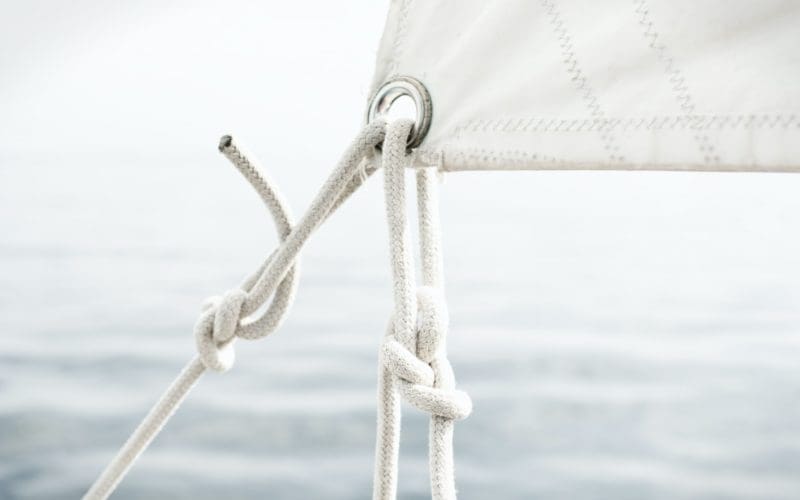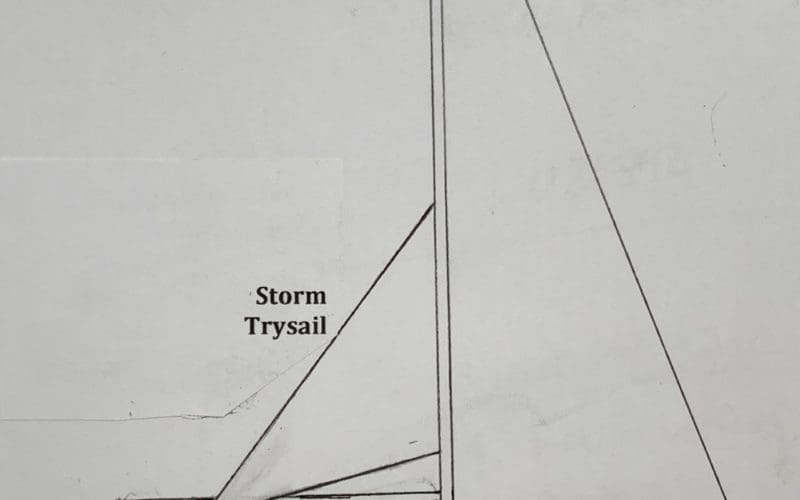05
Oct
Buoys have been used by mariners since the 1500s to guide them been past shoals and rocks, with early buoys being no more than large pieces of timber strapped together, topped with a marker, and anchored in position. Modern buoys are brightly painted and labeled, can show a variety of light characteristics, can produce distinctive sounds. In the U.S., the Coast Guard is responsible for buoy placement and maintenance, and it uses a prescribed procedure for determining where buoys will be placed and what shape, light, sound and electronic signature they show. Buoys come in a wide range of shapes…




